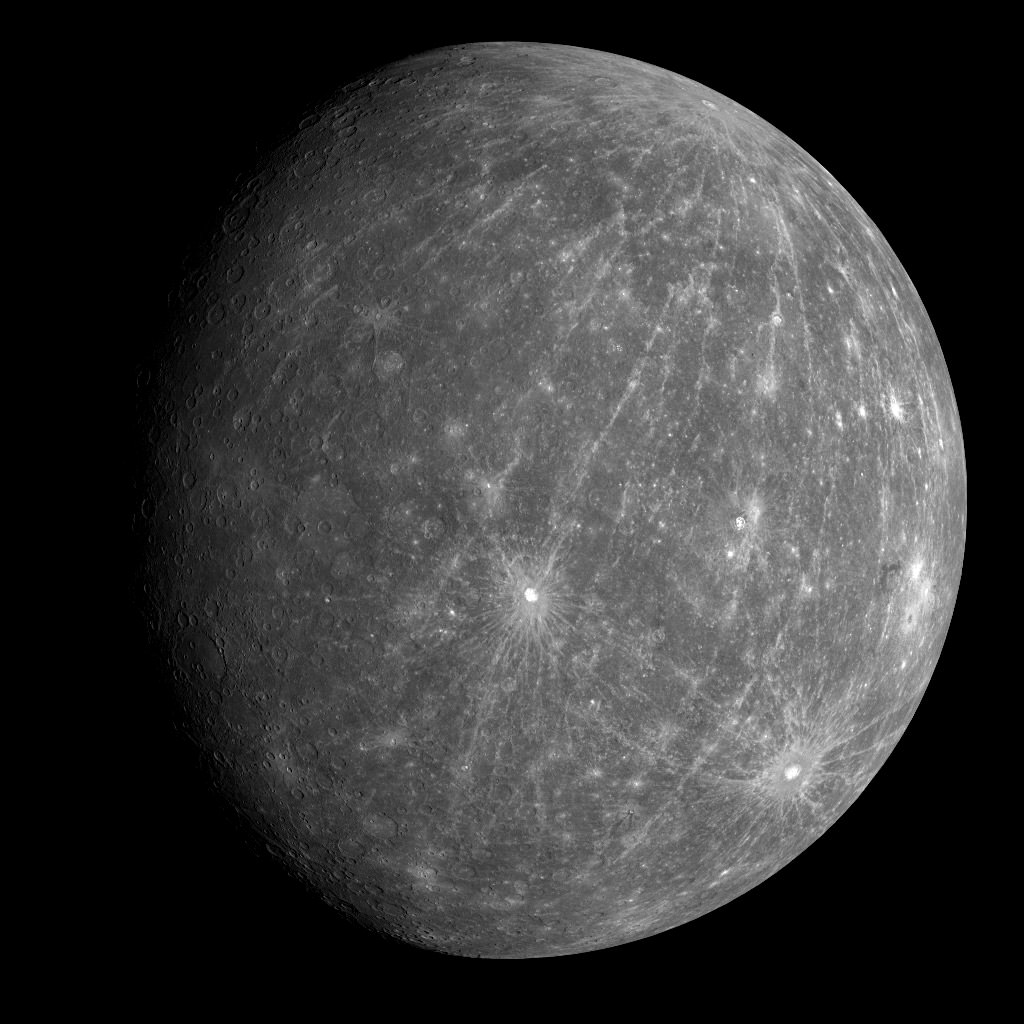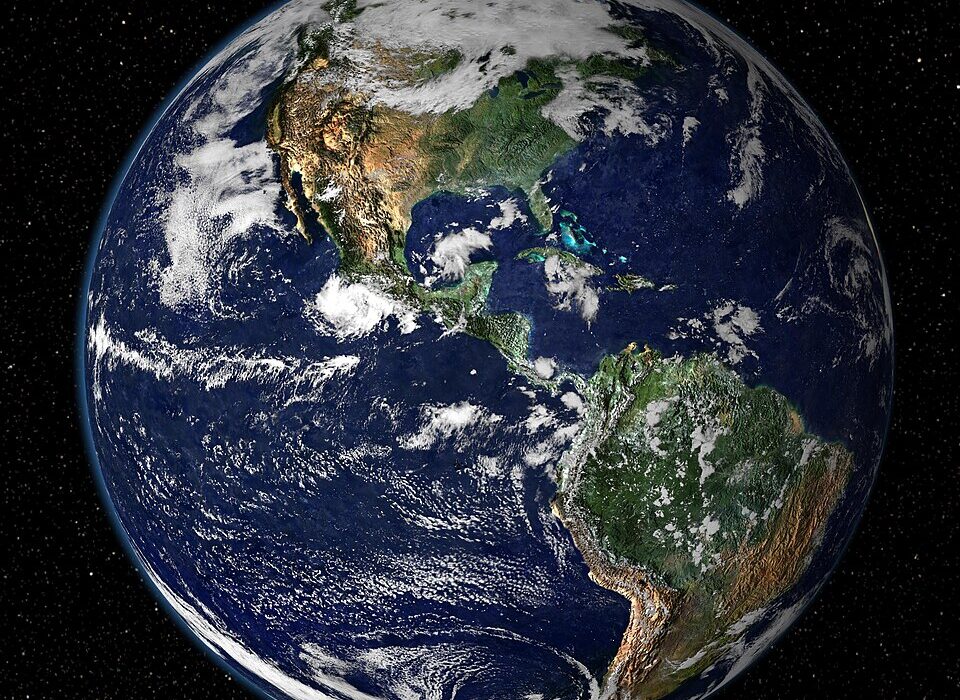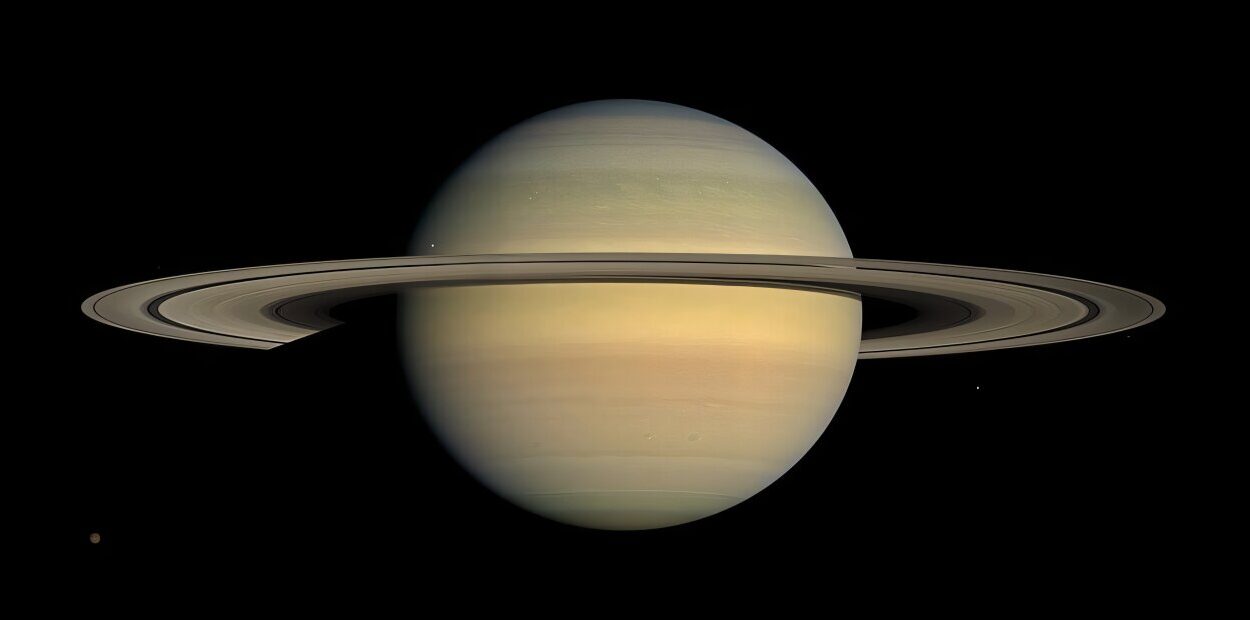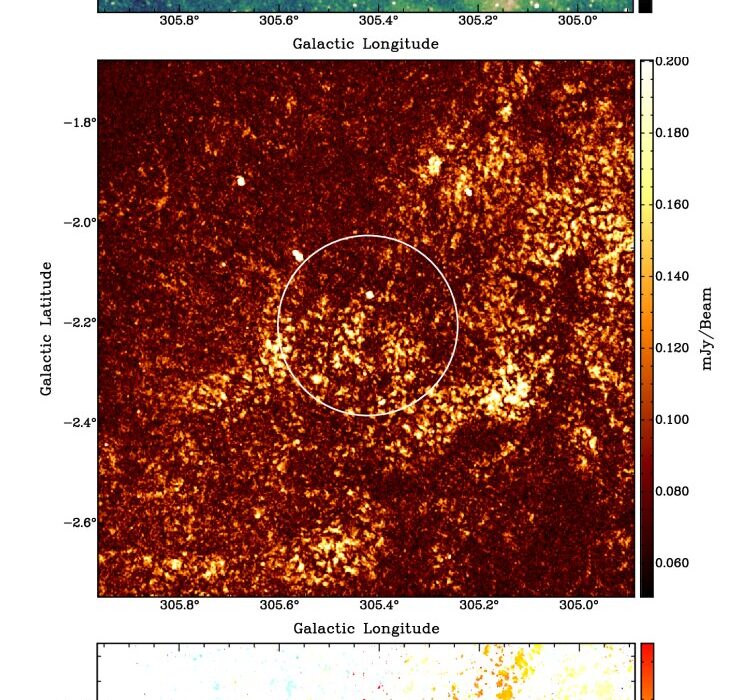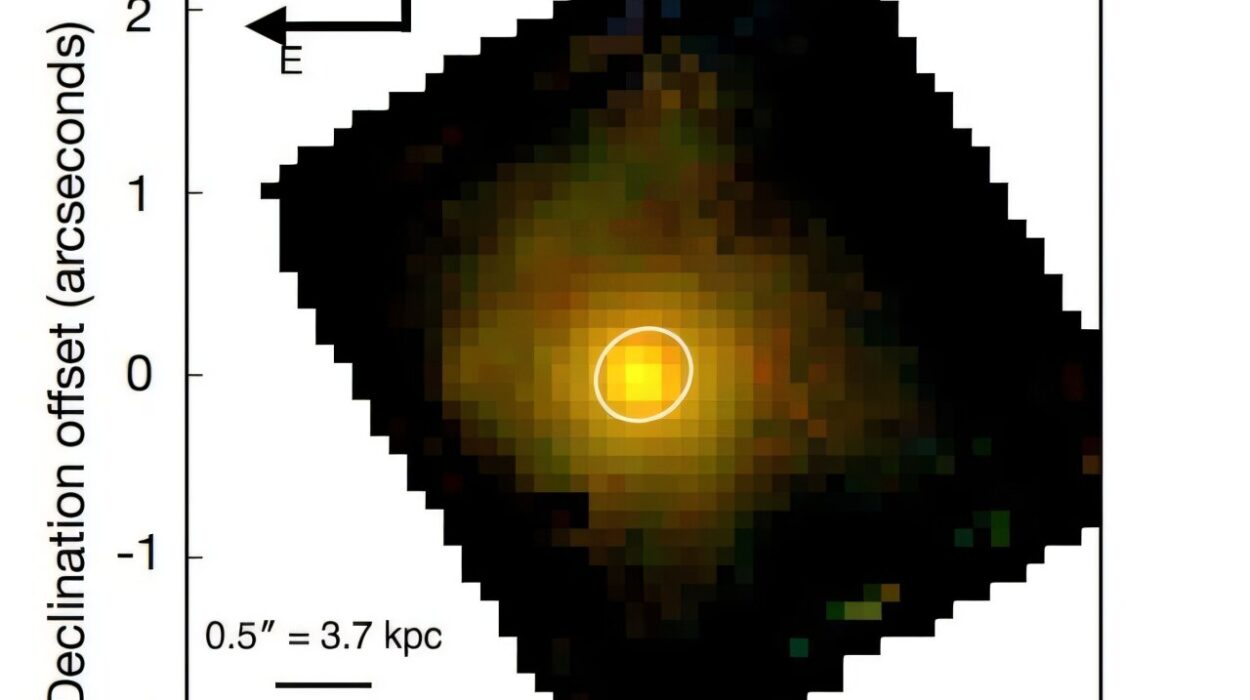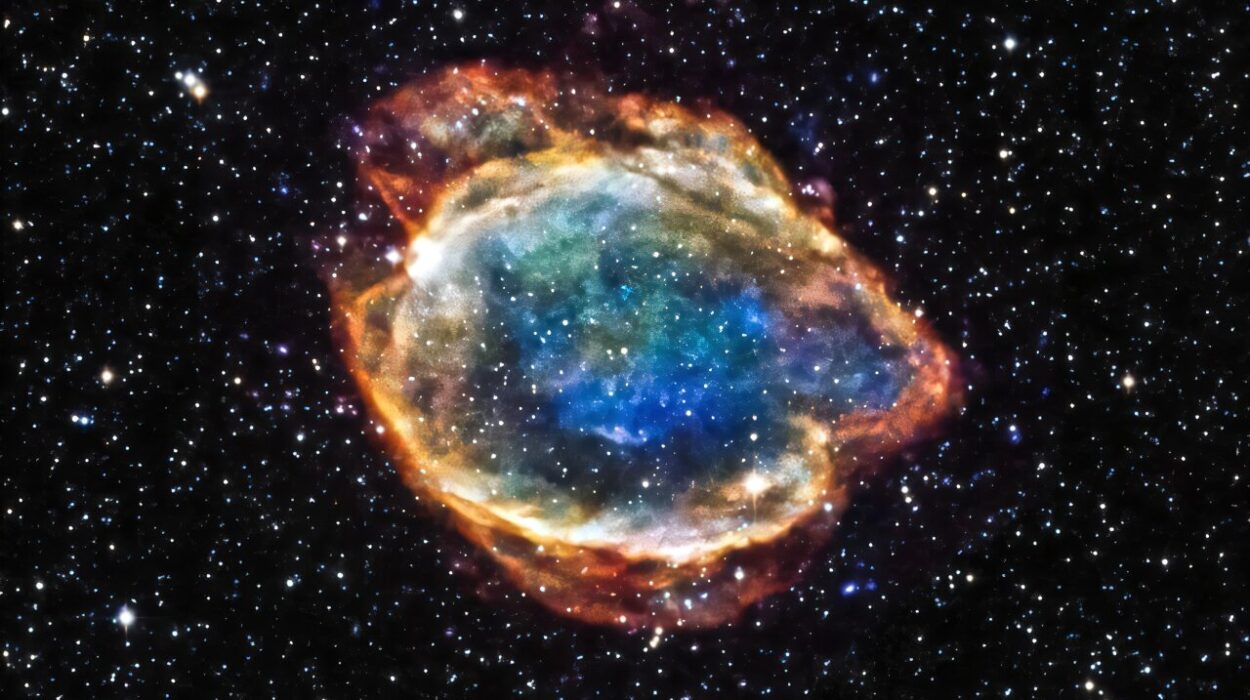When we think of weather, we usually imagine rainstorms, hurricanes, heatwaves, or snowy blizzards here on Earth. But our home planet is just one world in a solar system filled with dramatic extremes. Across the vast expanse of our solar neighborhood, the planets and moons host tempests more violent, temperatures more severe, and conditions more alien than anything we could survive. From rainstorms of molten glass to winds faster than the speed of sound, weather in the solar system is a kaleidoscope of the bizarre and the awe-inspiring.
While Earth’s weather can certainly be ferocious—hurricanes can flatten coastlines, droughts can last for years, and tornadoes can tear through cities—it is gentle compared to the atmospheric chaos of our planetary neighbors. Let’s take a journey from the inner planets to the farthest icy worlds to explore the wildest, weirdest, and most extreme weather phenomena in our solar system.
Mercury: Weatherless, But Not Calm
Mercury, the closest planet to the Sun, is not often associated with weather. That’s because Mercury has no substantial atmosphere—at least not one capable of generating clouds, winds, or storms in any familiar sense. With such a thin exosphere of atoms blown off its surface by solar radiation and micrometeoroid impacts, it lacks the ingredients necessary for weather.
But don’t be fooled. The temperature swings on Mercury are some of the most extreme in the entire solar system. Daytime temperatures soar to an astonishing 430°C (800°F), hot enough to melt lead. At night, without an atmosphere to hold in the heat, the surface plummets to -180°C (-290°F). That’s a nearly 600°C (over 1,000°F) swing in a single day-night cycle.
In a way, Mercury’s lack of atmosphere is its own kind of extreme. No wind, no clouds, no storms—just a barren surface baking and freezing in turns under the merciless light of the Sun.
Venus: The Planet of Eternal Storm
If Earth is our temperate, ocean-covered paradise, then Venus is its malevolent twin. Roughly the same size and composition as Earth, Venus is covered by a thick, choking atmosphere of carbon dioxide and clouds of sulfuric acid. The atmospheric pressure at the surface is about 92 times greater than Earth’s—like being nearly a kilometer underwater. But the real horror of Venusian weather lies in its heat and wind.
Surface temperatures on Venus are around 465°C (869°F), hotter even than Mercury, despite being farther from the Sun. This is due to a runaway greenhouse effect, where heat is trapped by the dense atmosphere. The result is a planet so uniformly hot that there’s no real “weather” in the way we experience it—just constant, baking inferno.
However, above the surface, Venus has one of the most terrifying wind systems in the solar system. The upper atmosphere is whipped by super-rotating winds that reach speeds of 360 km/h (225 mph), circling the planet every four Earth days, even though Venus itself rotates once every 243 Earth days.
These cloud layers feature towering, sulfuric acid-laced thunderclouds and lightning storms that rage endlessly, hidden beneath a perpetual shroud of gloom. Imagine a world where the sky rains acid, the wind never stops, and the surface is hot enough to melt a tank. That’s Venus—a true vision of hellish weather.
Earth: A Rare Jewel of Weather Balance
Compared to the rest of the solar system, Earth’s weather is moderate—but that doesn’t mean it’s dull. From typhoons to tornadoes, from monsoons to droughts, Earth has an astonishing range of weather phenomena, all made possible by our planet’s atmosphere, oceans, axial tilt, and rotation speed.
The hydrological cycle—powered by sunlight and the movement of water between ocean, air, and land—makes Earth uniquely dynamic. Our atmosphere is composed of nitrogen, oxygen, water vapor, and trace gases, enabling a wide variety of weather systems. But most remarkable of all is that Earth’s weather fosters life.
Yet, even here, nature flexes its fury. Hurricanes can unleash energy equivalent to 10,000 nuclear bombs. Lightning bolts are five times hotter than the surface of the Sun. Tornadoes can twist winds into 500 km/h (300 mph) spirals of destruction. Still, for all its fury, Earth’s weather is a miraculous balance—one that no other world in the solar system can claim.
Mars: The Dust Storm Planet
Mars, the red planet, is a world of cold deserts and towering dust devils. With an atmosphere just 1% the density of Earth’s, you might expect little in the way of weather. But Mars is full of surprises.
While daytime temperatures can be mild—around 20°C (68°F) near the equator—nighttime temperatures plummet to -100°C (-148°F) or lower. This drastic fluctuation leads to strong convection currents in the thin air, resulting in powerful winds and frequent dust storms.
Martian dust storms are among the most dramatic weather events in the solar system. Some are local, sweeping across a valley or crater. Others are regional, covering vast swaths of the planet. And once or twice a decade, a global dust storm can engulf the entire planet in a veil of orange haze for weeks or even months.
These storms can reduce sunlight by 99%, disrupting solar-powered missions like the Mars rovers. While the low atmospheric pressure means the wind wouldn’t knock over a person, the abrasive, electrostatically charged dust poses major hazards for machinery and colonization plans.
Mars also has massive dust devils—tall, twisting columns of air and dust that can reach heights of 20 km (12 miles). These slow-rotating vortices are eerily quiet and hypnotic, wandering the plains like ghostly dancers in a red twilight.
Jupiter: The Giant Tempest Machine
Jupiter, the gas giant, is the king of planetary weather. Its massive size—over 1,300 times the volume of Earth—and composition of hydrogen and helium mean that its atmosphere is a churning, roaring beast of storms and cyclones.
The most famous of these is the Great Red Spot, a storm larger than Earth that has been raging for at least 350 years. With wind speeds exceeding 430 km/h (270 mph), this high-pressure anticyclonic vortex is the longest-lasting storm known in the solar system.
But the Great Red Spot is only the beginning. Jupiter’s atmosphere is divided into colorful bands of clouds that circle the planet at different speeds and directions, creating powerful shear zones and turbulence. The cloud tops display violent lightning storms, with bolts ten times more powerful than Earth’s.
These weather patterns are driven by internal heat. Jupiter radiates more heat than it receives from the Sun, due to residual formation heat and slow gravitational contraction. This internal furnace powers the atmospheric mayhem, fueling systems of unimaginable scale.
And because Jupiter lacks a solid surface, these storms may extend thousands of kilometers deep into the planet’s interior—weather without a bottom.
Saturn: Electric Storms and Hidden Winds
Saturn, another gas giant, is often thought of as the quieter cousin of Jupiter. But don’t be deceived—Saturn has its own brand of extreme weather, including massive storms, powerful winds, and the mysterious hexagon.
The planet’s upper atmosphere features the fastest winds of any gas giant, reaching speeds up to 1,800 km/h (1,100 mph) at the equator—nearly five times the speed of sound. These winds produce banded cloud systems similar to Jupiter’s but more muted in color due to different chemical compositions.
One of the most extraordinary phenomena on Saturn is its Great White Spots. These are enormous storm systems that erupt roughly once every Saturnian year (about 29 Earth years). When they appear, they spread quickly across the entire planet, releasing massive quantities of heat and lightning.
Even stranger is the hexagon at Saturn’s north pole. This six-sided jet stream, about 30,000 km (18,600 miles) wide, forms a perfect geometric shape that scientists still don’t fully understand. It rotates with the planet and seems to be stable over decades, possibly centuries.
These storms are powered not only by sunlight but by Saturn’s own internal heat, making it yet another world where weather is driven from within.
Uranus: The Sideways World of Subtle Storms
Uranus is one of the most mysterious planets in the solar system. With a pale blue-green hue caused by methane in its upper atmosphere, it appears calm and serene. But this frozen giant hides some strange secrets beneath its peaceful façade.
Unlike any other planet, Uranus is tilted on its side—its axis of rotation lies nearly in the plane of its orbit. This means that its poles experience 42 years of continuous sunlight followed by 42 years of darkness. Such extreme seasons should create dramatic weather, but for a long time, Uranus seemed eerily quiet.
Recent observations, however, have revealed otherwise. Storm systems have been spotted developing quickly, some the size of continents. Bright clouds of methane ice drift through the upper atmosphere, and wind speeds can reach up to 900 km/h (560 mph).
Because Uranus has very little internal heat, most of its weather is powered by solar radiation. This makes its storms more unpredictable and less understood than those on Jupiter or Saturn.
The sideways rotation and extreme seasonal variation give Uranus a kind of quiet extremity—an alien rhythm that no other planet shares.
Neptune: The Windiest Planet
Neptune, the outermost planet, holds the record for the fastest winds in the solar system. Despite being far from the Sun and extremely cold, Neptune’s atmosphere is a realm of dynamic, furious motion.
Winds on Neptune reach speeds of 2,100 km/h (1,300 mph), faster than the speed of sound. These supersonic gales drive vast, stormy cloud systems of hydrogen, helium, and methane. The blue color of Neptune is due to the absorption of red light by methane, giving it a rich, deep hue.
One of the most famous features of Neptune is the Great Dark Spot, first observed by Voyager 2 in 1989. This Earth-sized storm vanished a few years later but was replaced by other dark spots. These storms appear and dissipate more quickly than Jupiter’s Great Red Spot, but they’re no less powerful.
Scientists believe that Neptune, like Jupiter and Saturn, radiates more heat than it receives from the Sun. This internal energy drives the planet’s stormy atmosphere and fuels its incredible winds, despite its distance from the solar furnace.
Imagine standing on a cloud deck where the sky is a brilliant azure, and the wind is blowing faster than sound. That is Neptune—majestic, distant, and endlessly violent.
Moons with Weather: Titan and Io
While planets dominate the conversation about weather, a few moons also deserve mention for their atmospheric and geologic extremes.
Titan, Saturn’s largest moon, has a thick atmosphere made mostly of nitrogen, with methane clouds and ethane rain. It’s the only moon with a substantial atmosphere and stable bodies of surface liquid—in this case, lakes and rivers of liquid hydrocarbons.
Titan experiences a methane cycle similar to Earth’s water cycle: evaporation, cloud formation, rain, and runoff. This makes it the most Earth-like weather system in the outer solar system—albeit one that operates at a frigid -179°C (-290°F).
Io, a moon of Jupiter, has the most active volcanism in the solar system. Its thin atmosphere is constantly replenished by sulfur and sulfur dioxide from erupting volcanoes. The surface is shaped by frequent, violent eruptions—more of a geologic weather than an atmospheric one. Io’s volcanic plumes can reach 500 km (310 miles) high, creating eerie skies of dust and gas.
Conclusion: A Symphony of Chaos
From the burning infernos of Venus to the supersonic winds of Neptune, the solar system is a theater of extraordinary weather. Each world, shaped by its distance from the Sun, its composition, its size, and its internal heat, hosts phenomena stranger and more extreme than anything we experience on Earth.
These alien weather systems challenge our understanding of meteorology, physics, and planetary science. They also offer a humbling reminder of how rare and precious our own blue planet is—a place where weather nourishes life instead of annihilating it.
As we send probes deeper into the solar system and beyond, we will undoubtedly discover even more breathtaking meteorological marvels. Until then, we can only imagine the silent storms raging across distant skies and the untold wonders waiting beneath alien clouds.
